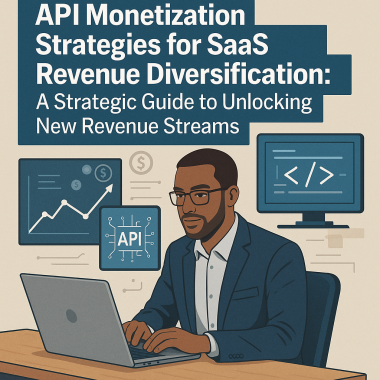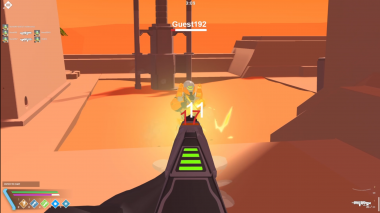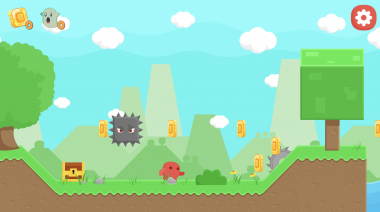In the world of indie game development, understanding the preferences and behaviors of your target audience is paramount to success. In a recent study conducted by an independent analyst group on behalf of Humble Games, we gained intriguing insights into what drives indie game buyers. During a captivating presentation at GDC 2023, Humble’s product marketing lead, Phil Hofman, dissected the findings, offering a valuable glimpse into the minds of indie game enthusiasts.
Diverse Indie Game Consumers
The study involved surveying approximately 5,000 gamers aged between 18 and 45 from six different countries. It aimed to profile the people who buy indie games, dividing them into three distinctive categories: “Regulars,” “Lights,” and “Traditionals.”
- Regular Indie Buyers: These avid gamers purchased more than five indie titles in the previous year.
- Light Indie Buyers: Falling into the middle ground, they bought between one to five indie titles in the previous year.
- Traditional Game Buyers: This group refrained from indie titles and opted for more than one AA/AAA title in the past year.
Surprisingly, 40% of participants fell into the first two categories, indicating a substantial appetite for indie games among respondents.
Gaming Habits and Preferences
One intriguing discovery was the disparity in gaming habits among these categories. While “Traditionals” spent an average of twelve hours per week gaming, “Lights” dedicated around 15 hours, and “Regulars” topped the chart with an impressive 18 hours per week. Contrary to expectations, “Regulars” weren’t limited to indie games and displayed a penchant for AAA titles as well.
However, shared preferences were evident in other aspects. All three groups saw gaming as a means of relaxation, enjoyed competition, and favored non-linear games that allowed for exploration and diverse activities. Yet, three specific topics divided them. Indie buyers viewed gaming as an integral part of their identity, embraced variety in games and franchises, while “Traditionals” were more inclined to play games their friends were enjoying.
Price and Monetization
When it comes to defining indie games, all three groups consistently leaned towards lower price points. The preferred range for indie games was between $15 and $25. Games priced below $15 raised doubts about quality, while games exceeding $25 were expected to deliver more content.
A significant portion (around 30%) of all buyers waited a few months post-launch before making a purchase. Nevertheless, launch sales were still crucial, with 21% of “Light Indie Buyers” and 29% of “Regulars” making their purchases during this period. Approximately 10% of buyers opted for pre-orders, with “Lights” showing less enthusiasm for indie game pre-orders than the other categories. Sales promotions were also a driving force in purchase decisions.
Indie Game Preferences
Indie game enthusiasts displayed distinct preferences when it came to game design. They favored third-person perspectives and gameplay that allowed for strategic planning. Furthermore, single-player experiences were preferred, and if multiplayer was on the menu, cooperative gameplay was the more attractive option.
Interestingly, despite favoring shorter play sessions, indie game buyers paradoxically appreciated games designed for longer playtimes, falling within the 20 to 100 hours range. This preference seemed somewhat at odds with the fact that only 30% considered the amount of content a top priority when purchasing indie games.
Discovery and Genre
Discovering new indie games primarily occurred through YouTube (31%), followed by Steam (15%), and recommendations from friends and family (13%). Gameplay videos held the top spot for those seeking more information (54%), with gameplay images and trailers trailing behind (28% and 27%, respectively).
Genre preferences also differed among the three groups. First-person shooters were the dominant genre for “Traditionals” and “Lights,” while “Regulars” favored RPGs. However, roguelikes and metroidvanias garnered significant popularity among indie game buyers. Meanwhile, “Traditionals” were more inclined toward sports games.
What Indie Game Buyers Seek
Indie game enthusiasts associated indie games with terms like “unique,” “experimental,” “innovative,” “memorable,” and “passionate.” Surprisingly, 20% of “Regulars” attributed indie games to low quality, compared to only 10% in the other categories.
All three groups prioritized story/narrative, controls/gameplay feel, and the amount of content when choosing games. However, “Traditionals” placed more emphasis on multiplayer and graphics/art.
Within the realm of indie game enthusiasts, “Regulars” and “Lights” considered innovation/uniqueness and expression/creativity paramount when making a purchase. This was in stark contrast to their consideration of the amount of content as more significant for AAA titles.
In summary, indie game buyers were found to appreciate original IPs, risk-taking developers, unique mechanics, stylized graphics, and games that allowed for personal expression. Their preference for third-person perspectives and strategic gameplay suggests a nuanced approach to game design. Moreover, they favored single-player experiences and cooperative multiplayer.
Hofman concluded his presentation by emphasizing that while these findings provide valuable insights, they should not be taken as gospel. Nonetheless, they offer valuable guidance for indie game developers seeking to cater to the preferences of this diverse and passionate audience.






